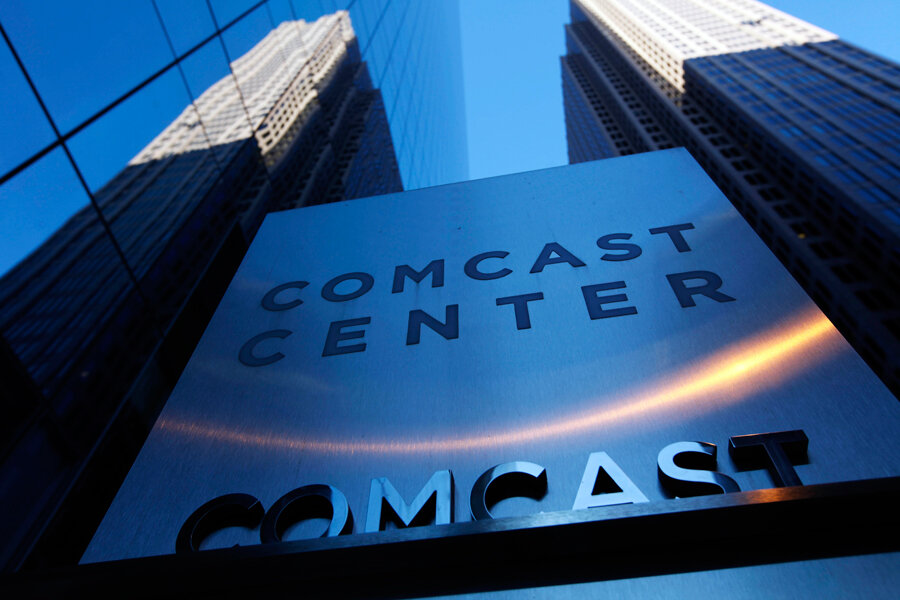Imagine the Internet as a tinkertoy system of pipes flowing with bits of data. Net neutrality basically means that all these bits can flow through the system equally. Information sent from Joe in Toledo, Ohio, is treated the same as information sent from a multibillion, multinational corporation.
The principle of net neutrality was enshrined in a set of rules called the Open Internet order, which the FCC adopted in 2010. These rules prevented companies like Verizon, Time Warner, or any other high-speed service provider from playing favorites. Telecoms couldn’t block any lawful data or unreasonably discriminate against any source, or destination, of lawful data. For example, Time Warner’s broadband service was not allowed make Time Warner movies stream faster down the pipes than those from Sony.






